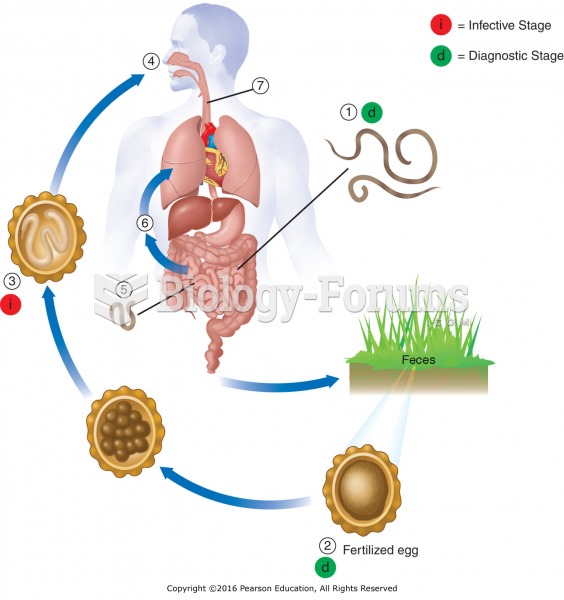Answer to Question 1
ANS: B
The cilia in the tubes are stimulated by high estrogen levels, which propel the ovum toward the uterus. Without estrogen, the ovum won't reach the uterus. The results of a series of events occurring in the ovary cause an expulsion of the oocyte from the ovarian follicle known as ovulation. The ovarian cycle is driven by multiple important hormones: (1) gonadotropic hormone, (2) follicle stimulating hormone (FSH), and (3) luteinizing hormone (LH). The cilia in the tubes are stimulated by high (4) estrogen levels, which propel the ovum toward the uterus. The zona pellucida (inner layer) and corona radiata (outer layer) form protective layers around the ovum. If an ovum is not fertilized within 24 hours of ovulation by a sperm, it is usually reabsorbed into a woman's body. A patient who is hypoestrogenic would not have excess circulating estrogen. A patient with low estrogen would not be classified as hyperestrogenic. Without sufficient estrogen, there can be no fertilization of the ovum.
Answer to Question 2
ANS: A
There are numerous risk factors for women and men affecting reproductive health and pregnancy outcomes. These can be categorized into biophysical, psychosocial, sociodemographic, and environmental factors. Some of the risk factors for human reproduction fit into multiple categories. Psychosocial factors cover smoking, excessive caffeine, alcohol and drug abuse, psychologic status including impaired mental health, addictive lifestyles, spouse abuse, and noncompliance with cultural norms. Drinking a cup of a caffeinated beverage a day is not associated with adverse fetal outcomes usually. Serum and urine testing for drug/alcohol use is not required for stated marijuana use in the remote past. Patient referral to a 12-step program is usually advisable for current alcohol and/or drug use.







